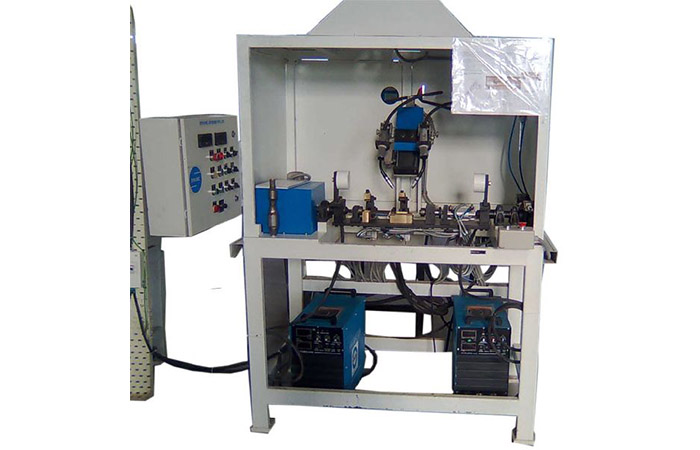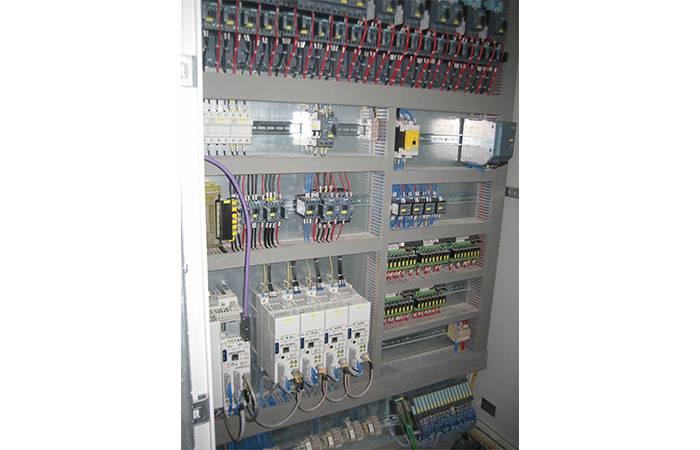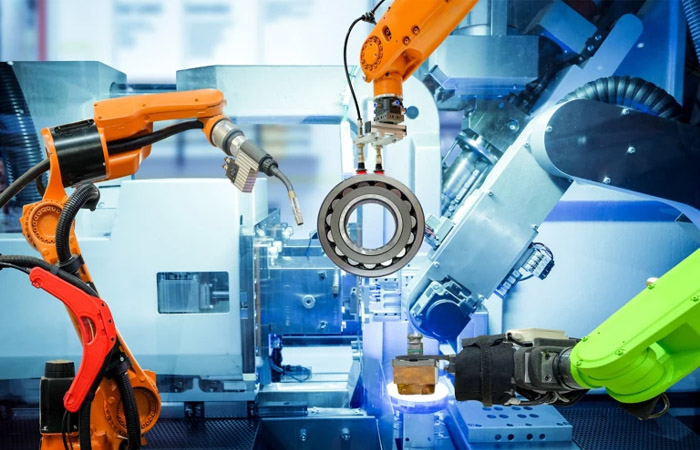


System automation involves the use of technology to automate repetitive tasks, processes, or workflows that were traditionally performed manually. By automating these tasks, organizations can reduce human error, increase productivity, and free up human resources to focus on more strategic or complex activities. Automation can be achieved through the implementation of software applications, robotics, sensors, and other technologies.
Some examples of system automation include:
System integration involves connecting and combining different systems, applications, or databases to facilitate seamless data sharing, communication, and collaboration. It aims to eliminate data silos and create a unified and integrated ecosystem where systems can work together effectively.

Some examples of system integration include:




A leading provider of comprehensive industrial solutions tailored to meet the unique needs of our clients in the Automobile, Pharmaceutical, and Chemical industries.